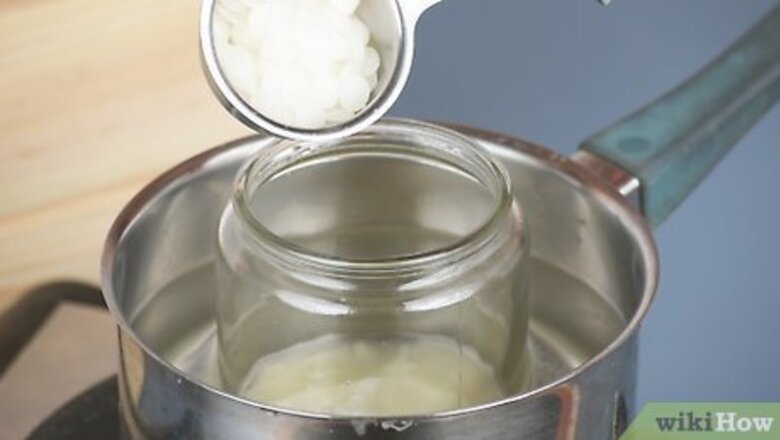
views
An Unofficial Ointment Recipe

Put coconut oil, castor oil, and beeswax into a double boiler. Each of these ingredients has antibacterial properties and could help prevent infections. They also make a good base for your ointment. Add 1/2 cup (120 ml) of coconut oil, 1/2 cup (120 ml) of castor oil, and 1 oz (28 g) of beeswax into a double boiler. Each of these ingredients is available from most supermarkets or health food stores. A double boiler is important because if you put the oils over a direct flame, they might burn. Make sure you fill the bottom section with water or it won’t work. Petroleum jelly also has wound-healing properties and can help protect your skin. You could swap out coconut oil with this for your ointment base.

Melt the oils in the boiler. Put the double boiler onto your stove and turn on a medium flame. Leave the boiler there and let all of the ingredients melt down. Keep the flame on until everything in the pan is completely liquid.
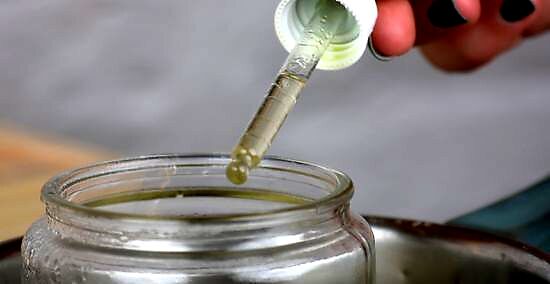
Turn the heat down and add essential oils. Once the coconut, castor, and beeswax are all liquid, turn the heat to a low setting. Then add 10-20 drops each of lavender and lemon essential oil to round off your ointment. As an added bonus, these oils will give your ointment a nice smell too. Both lavender and lemon essential oils seem effective as antibacterials, according to studies.
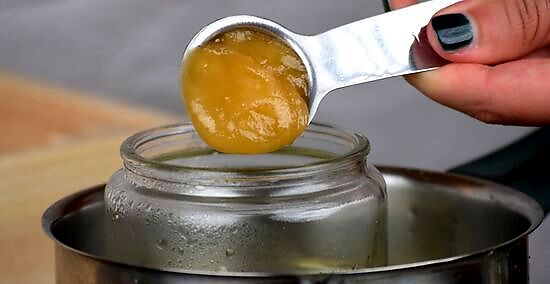
Add honey to the mixture for more antibacterial benefits. Honey is well-known as an antibacterial ingredient and also shows some success in helping wounds heal. If you’d like to make your ointment stronger, add 1-2 tbsp (21 g) to the mixture.

Stir the mixture together. Once all your ingredients are added, take a spoon or a whisk and stir everything together well. Make sure the whole mixture is combined smoothly.
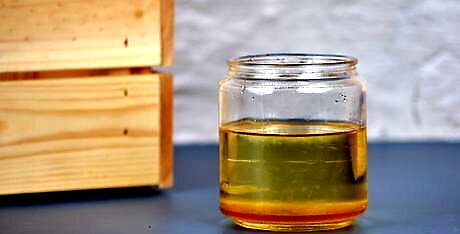
Let the ointment cool for 2-3 hours. Once the ointment is mixed well, turn the flame off and leave it to cool. Within 2-3 hours, it should be cool enough for you to start using. The mixture will probably harden and get a bit waxy when it’s cool. This is normal.
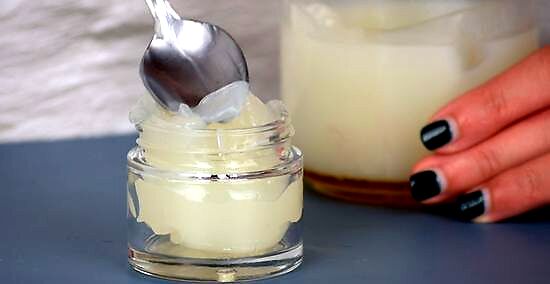
Store the ointment in a cool place. This ointment is sensitive to heat and could melt if it gets hot. Store it in a cool spot out of direct sunlight. This should keep the ointment fresh and ready to use. If the ointment does melt, move it to a cooler spot and it should harden again soon. Keep an eye on the ointment for any signs of it spoiling, like a rancid smell or mold. Get rid of it if you see these signs.
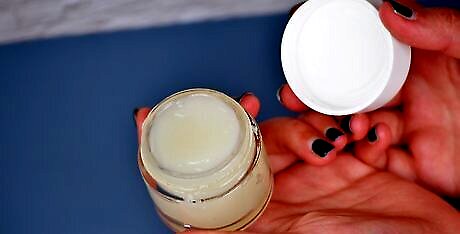
Stop using the ointment if you experience any negative side effects. Even if you do everything right, there's still always a chance that you'll have a skin reaction to the ointment. If you experience any redness, swelling, itching, or burning after you apply the ointment, then stop using it immediately. If the rash doesn't go away, contact your doctor for an exam.
Using Antibacterial Ointment
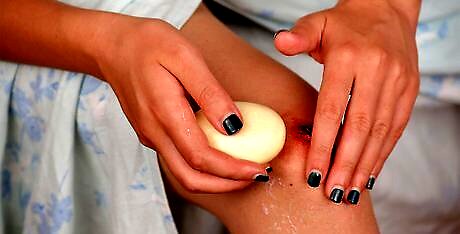
Wash the area with soap and water before applying the ointment. Even if you’re using antibacterial ointment, it’s always important to clean any wounds first. Clean the wound with plain water and gentle soap, then rinse the wound to get rid of any dirt or leftover suds. Dry the wound with a clean towel before covering it. Don’t use harsh antiseptics like alcohol or peroxide on open cuts. This can cause irritation and might even make the wound heal slower.

Dab a thin layer of ointment onto the wound. This can keep the wound moist and free of bacteria. Take a small amount of the ointment and rub it onto the wound. Cover the cut and surrounding area with a thin layer. You could also use plain petroleum jelly if you don’t have any antibacterial cream. This could be just as effective.
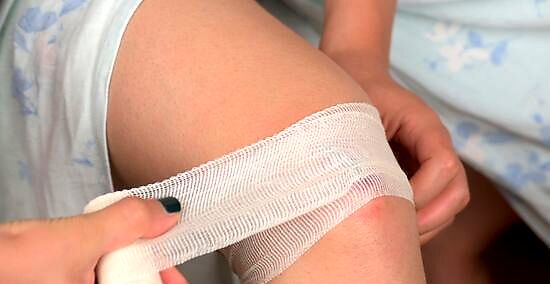
Cover the wound with a bandage after applying the ointment. Keep your cuts covered to prevent dirt and bacteria from getting in. This helps the healing process and keeps you healthy. You can leave small cuts uncovered as long as you keep them moist with ointment or petroleum jelly.
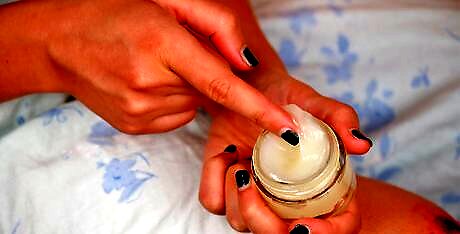
Reapply the ointment each day for 1 week. Your wound probably needs at least a week to heal. Change the bandage and clean the wound at least once a day, then apply more ointment. You can safely apply antibacterial cream for a week, unless your doctor tells you to continue for longer than that.

See your doctor if the wound is from an animal bite or rusty object. Even if you’ve cleaned and disinfected the area, these types of wounds need closer medical care. See your doctor as soon as possible if you were bitten by an animal or got cut on a rusty piece of metal to avoid serious infections. If you were cut with a rusty piece of metal, you’ll probably need a tetanus booster. Also see your doctor for any wounds that won’t stop bleeding or have edges that are very far apart and won’t close. You may need a few stitches to take care of these.

Don’t use antibiotic ointment on rashes. While you might think this will help, rashes usually aren't caused by bacteria. At best the ointment won't do anything to help, and it might even irritate the rash more. Skip the ointment for these problems. You might need an antihistamine or steroid cream to fight rashes.
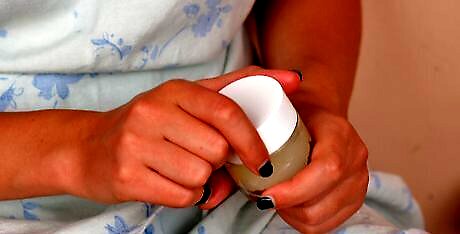
Stop using the ointment if you experience any irritation or burning. There’s always a chance that homemade ointment, or store-bought creams, can cause skin irritations. You might be sensitive to them, or you could have an allergy to certain ingredients. If you notice any redness, pain, burning, or itching around where you rubbed the ointment, stop using it right away.
















Comments
0 comment